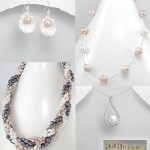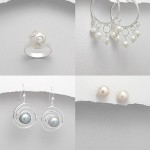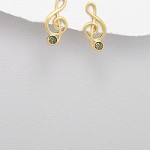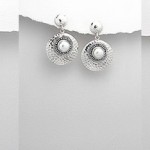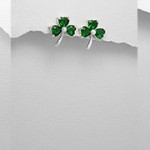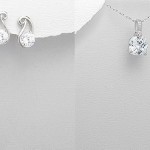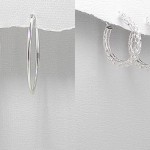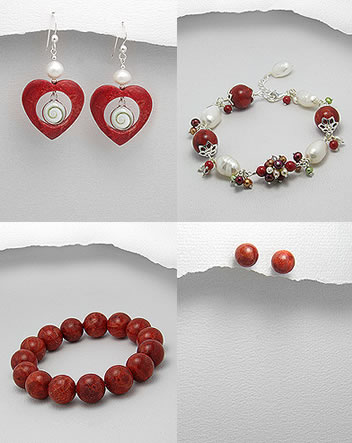 How can you tell the value of coral based on their look? The value of coral is depended on their surface quality, size, matching to outfits, thickness and luster and also their inner glow. They are all unique in their characters, you will never find the identical coral although they are originated from the same place. However, in the jewelry world the value of color is determined mainly by color. The white or pink coral color is among the most expensive one.
How can you tell the value of coral based on their look? The value of coral is depended on their surface quality, size, matching to outfits, thickness and luster and also their inner glow. They are all unique in their characters, you will never find the identical coral although they are originated from the same place. However, in the jewelry world the value of color is determined mainly by color. The white or pink coral color is among the most expensive one.
There any many coral types, which you can select for your own jewelry pieces. However, some of the coral types are considered as the rare coral types. It is important for you to learn about these rare types before make your purchase for the coral jewelry. Not only the type, but also about the quality of coral you need to know before make your final decision. The rare type of corals are
1. Freshadama corals: the freshwater corals that are round with shining glimmer. You can also find about 0.1% of rainbow shimmer color from this freshwater cultured coral.
2. Hanadama corals: the high quality flower corals. The average production for this type is about 0.6 mm while the minimum for production is about 0.4 mm.
3. Conch corals: this type is well known for their flame structure. They are extremely rare and found only in nature. The place where you can find a perfect conch corals is at Key West, Florida, USA.
4. Black Tahiti corals: named as the king of black corals. This perfect black coral is exceptionally mysterious and rarely found in nature. This coral type is considered as one of the most expensive type of coral in the world of jewelry.
5. Keshi corals: naturally found in French Polynesia, Philippines, Indonesia, Japan and Australia. It is also known as accidental corals as it is a by-product from coral cultivations.
These five corals are very rare to be found in nature now, but still be available in many stores. You can get them in the beautiful jewelry set for your collection: necklaces, brooches, rings, bracelets, earrings and other accessories that you like.

